Building Your Modeling Portfolios
By Elisa C.
The Traditional Modeling Portfolio
When talking about portfolios, there are two types; an online portfolio and a traditional portfolio. Models can showcase their work in other forms such as a personal website, an official Facebook page or simply posting your work on Instagram. Firstly, we'll be talking about traditional portfolios. Traditional portfolios have been around the longest, and often times are comprised of a leather book or binder. The great thing about a traditional portfolio is that you can switch out your photos over time. A traditional portfolio is something that is handed directly to those wishing to hire you and it should be treated with the most professionalism and care. Don't be the model that hands over a portfolio with rips or stains in the leather.

Online Modeling Portfolio
One of the greatest tools that the amateur model has today is the world wide web. Seriously though, in terms of being able to be recognized and having the agents and jobs come to you, there's nothing better. There are also many forms of curating an online portfolio but the most professional way is creating your own website. While this is certainly the most involved of all the options, it gives the model the most flexibility. Other options include having a professional Instagram page or facebook page. Most of the time it can be a bit difficult for the last two options as both platforms limit you to what you can do. Remember, modeling agencies and prospective employers don't want to see any other pictures besides modeling photos. So pics of restaurant food and selfies with friends would be a huge turnoff for employers. An online modeling portfolio should reflect your traditional portfolio except you will have more room to post more photos and get quite varied about your look. This is also an opportunity to show off more of your talents because when using a traditional portfolio, often times the clothing and makeup are kept simple to accentuate the model's natural looks. Also with a traditional portfolio, the photos are often switched out to reflect what the potential agency would like. Of these two options it's best to utilize both, and of course, when meeting agencies and bigger companies, you will be required to have a traditional portfolio anyways.

